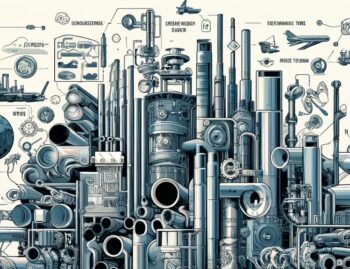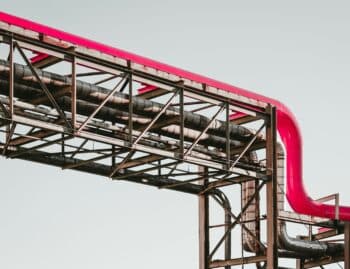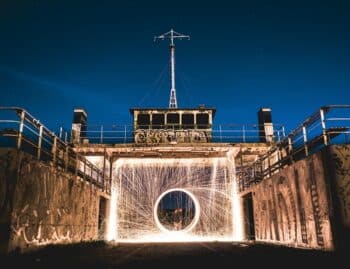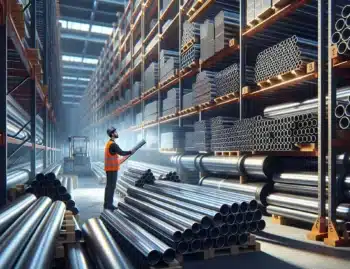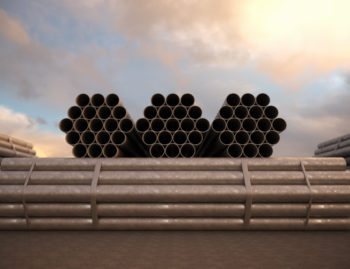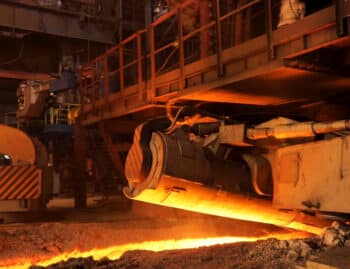When shipping millions of pounds of raw material every day, traditional transportation methods won’t do.
Instead, pipelines extend across the continents, connecting raw materials to their refinery neighbors and distant buyers. Liquids, gasses and chemicals are transported by steel pipes going underground, over land and undersea, pushed on by powerful pump stations.
The largest move titanic amounts and bring together nations.
West East Pipeline – China
Delivering natural gas from the fields of Xinjiang in northeast China to the power stations in Shanghai, the West East Pipeline today spans 5,410 miles.
Construction was begun in 2002 by PetroChina and cost an estimated $5.7 billion in US currency. Completed in 2004, it totaled at 2,607 miles long and has allowed Shanghai to begin moving from away from coal power plants.
In 2011, the project was expanded to the modern length.
Phase three began in 2012 and is expected to add another 4,584 miles of pipeline between Xinjiang and Fuzhou. After that, plans are underway to connect Sichuan Province to the growing network.
Druzhba Pipeline – Russia
Also known as the Friendship Pipeline, the Druzhba Pipeline is the largest oil pipeline and network in the world. In 1958, an agreement was signed to bring crude oil from the USSR to Poland, Hungary and Czechoslovakia.
Czechoslovakia finished construction first in 1962 with Hungary and Poland finishing the following year. In 1970, the pipeline was expanded to run two pipes side by side for its full 2,500 mile length, effectively doubling its capacity.
The project cost an estimated 12.7 million at the time of construction and, today, transports 1.4 million barrels of oil a day.
In 2009, construction began to extend the pipeline to the Gulf of Finland.
ESPO Pipeline – Russia
The Eastern Siberia-Pacific Ocean oil pipeline transports Russian harvested crude oil to Korea, China and Japan.
In 2001, Yukos, the Russian Oil company, and Transneft, a transportation conglomerate, both intended to build their own pipelines running from Russia to China. The projects were instead combined by the Russian government with construction beginning in 2006.
Completed in 2010, the pipeline runs 3,018 miles, transporting 600,000 barrels of oil a day. By the year 2016, the pipeline is expected to move 1 million barrels a day and 1.6 million by 2025.
Yamal Europe Pipeline – Europe
Running through Russian Siberia to Germany, the Yamal-Europe pipeline transports 1.2 trillion cubic feet of natural gas every year.
Construction began in 1994 under the combined efforts of the Russian, Belarusian and Polish governments. The initial section was completed in 1997 with the entire project finished in 1999.
At 2,551 miles long and over four feet wide, it takes 14 separate compressor stations to push the gas through to Germany.
Rockies Express Pipeline – United States
Running natural gas 1,679 miles from Meeker, Colorado to Clarington, Ohio, the Rockies Express is the largest completed pipeline in the United States.
The project was divided into three constructions efforts, starting with Colorado in 2005. In 2009, the project was completed, running through eight states and hauling 54 billion cubic feet of gas each year.
The project is constantly being evaluated for expansion.


